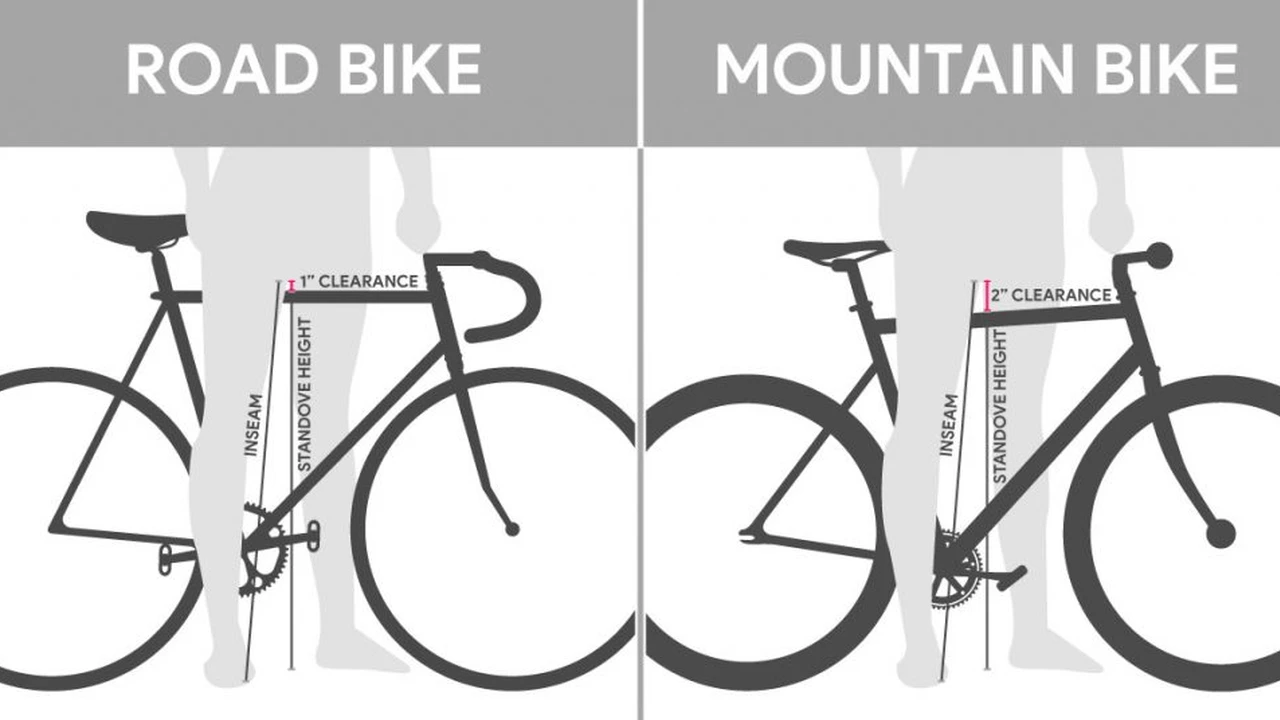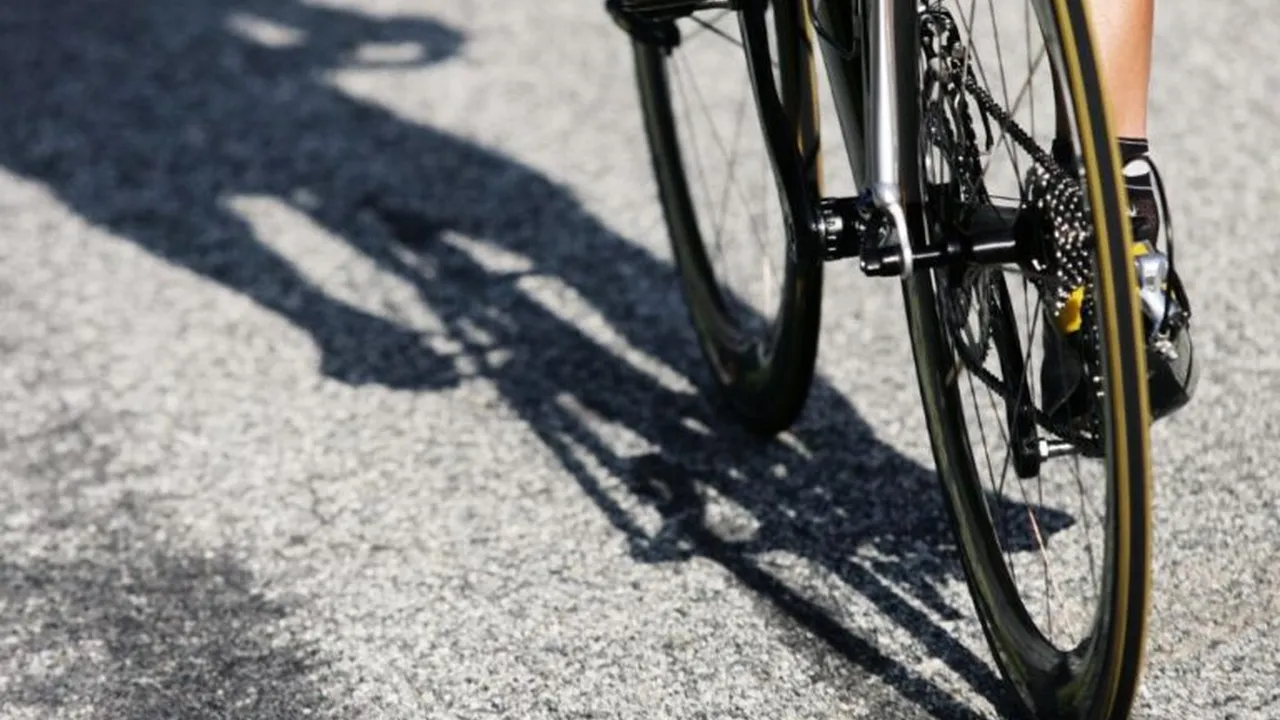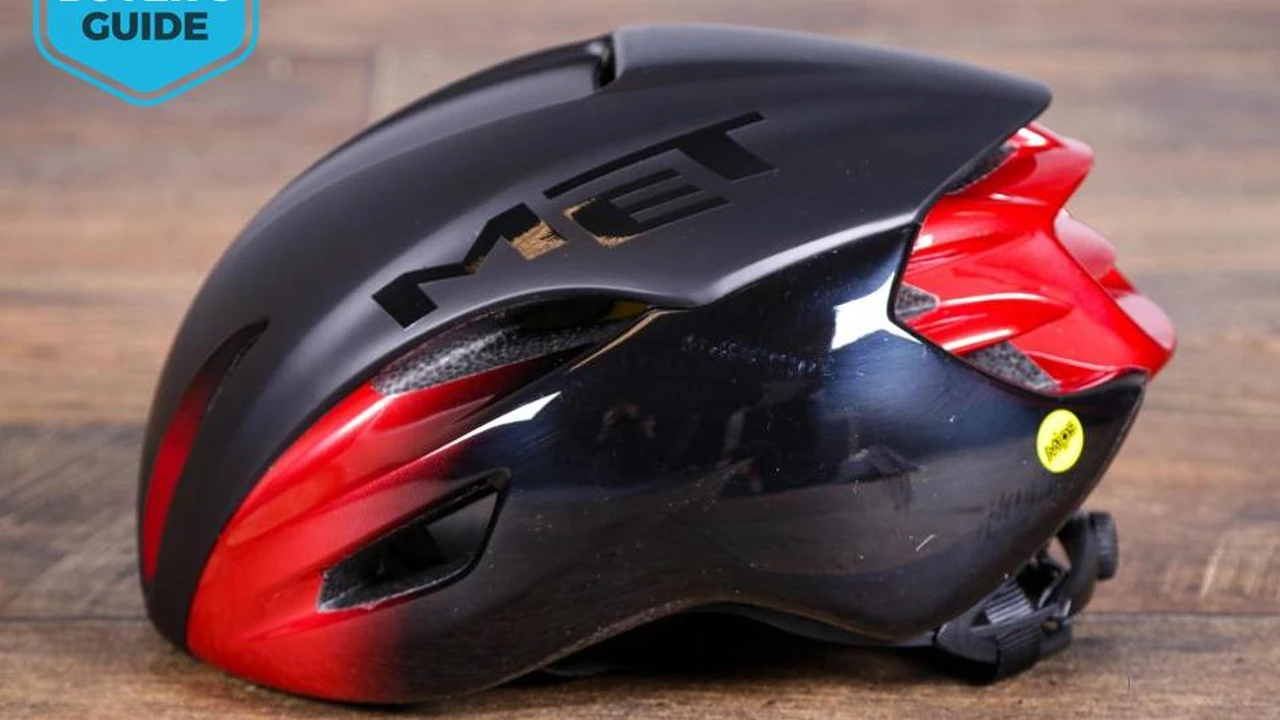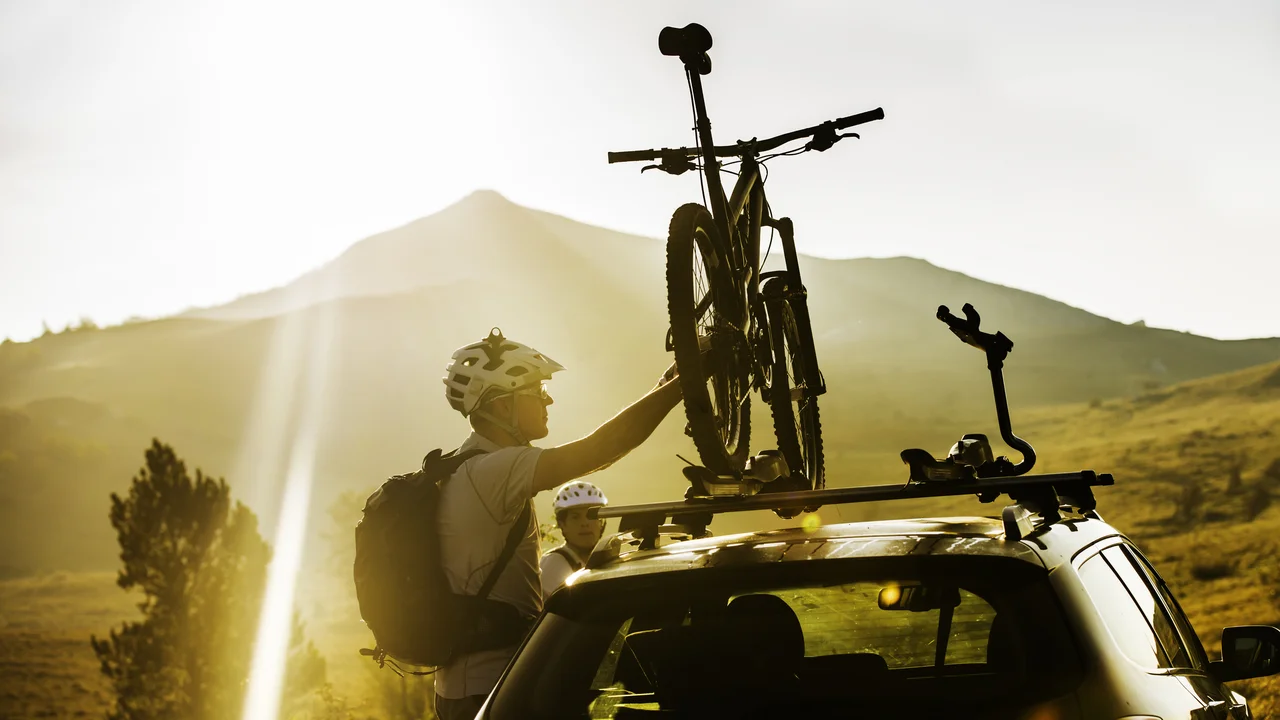Choosing the Right Road Bike Frame Size
Choosing the right road bike frame size is crucial for comfort, performance, and injury prevention. This guide dives deep into how to determine the perfect frame size for your body and riding style, covering everything from inseam measurement to reach and stack considerations. We'll also explore specific bike recommendations across different price points and riding disciplines, helping you make an informed decision when purchasing your next road bike.

Why Road Bike Frame Size Matters Understanding the Importance of Bike Fit
Getting the right road bike frame size is super important for a bunch of reasons. First off, comfort! A bike that's too big or too small will make your rides miserable, leading to aches and pains in your back, neck, and knees. Performance is another big one. A properly sized bike allows you to transfer power efficiently, making you faster and more efficient on the road. And finally, injury prevention. Riding a bike that doesn't fit can put you at risk of overuse injuries, so it's worth taking the time to get it right.
Measuring Yourself for a Road Bike Finding Your Ideal Frame Size
Okay, so how do you actually figure out what size bike you need? The most common measurement is your inseam. Stand with your back against a wall, wearing your cycling shoes. Place a book or ruler between your legs, as high as it will go, mimicking the pressure of a saddle. Measure from the top of the book to the floor. This is your inseam. Most bike manufacturers provide size charts that correlate inseam length to frame size. But remember, these charts are just a starting point. Your body proportions and riding style also play a role.
Another important measurement is your torso length. This can be a bit trickier to measure accurately yourself, so you might want to enlist a friend. Sit on a flat surface with your back straight. Measure from the top of the saddle to the top of your shoulder. This gives you an idea of your torso length, which affects your reach to the handlebars.
Understanding Bike Geometry Stack and Reach Explained
Bike geometry can seem like a foreign language, but understanding a couple of key terms can make a big difference. "Stack" refers to the vertical distance from the center of the bottom bracket to the top of the head tube. A higher stack generally results in a more upright riding position, which is more comfortable for longer rides. "Reach" is the horizontal distance from the center of the bottom bracket to the center of the head tube. A longer reach means you'll be more stretched out on the bike.
Consider your flexibility and riding style when choosing a bike with a certain stack and reach. If you're not very flexible or prefer a more relaxed position, look for a bike with a higher stack and shorter reach. If you're more flexible and want a more aggressive, aerodynamic position, opt for a bike with a lower stack and longer reach.
Road Bike Frame Materials A Comparison of Carbon, Aluminum, and Steel
Road bike frames come in a variety of materials, each with its own pros and cons. Carbon fiber is lightweight, stiff, and can be molded into aerodynamic shapes. It's also generally more expensive than other materials. Aluminum is a more affordable option that's still relatively lightweight and stiff. Steel is known for its durability and comfortable ride quality, but it's heavier than carbon or aluminum. Titanium is another option, offering a combination of strength, light weight, and corrosion resistance, but it's also quite expensive.
When choosing a frame material, consider your budget, riding style, and priorities. If you're looking for the lightest and fastest bike possible, carbon fiber is the way to go. If you're on a budget, aluminum is a great option. If you value comfort and durability, steel might be a good choice.
Road Bike Sizing Charts Interpreting Manufacturer Specs
As mentioned earlier, bike manufacturers provide size charts to help you choose the right frame size. These charts typically correlate your height and inseam to a suggested frame size. However, it's important to remember that these charts are just a starting point. Different manufacturers use different sizing conventions, so it's always a good idea to try out a bike in person before you buy it.
Pay attention to the "effective top tube length" on the size chart. This is the horizontal distance from the head tube to the seat tube, and it's a good indicator of how stretched out you'll be on the bike. Also, look at the "standover height," which is the distance from the top tube to the ground. You should have at least an inch or two of clearance when standing over the bike.
Adjusting Your Road Bike for Optimal Fit Saddle Height, Handlebar Reach, and Cleat Position
Even if you choose the right frame size, you'll still need to make some adjustments to fine-tune the fit. Saddle height is crucial for efficient pedaling. Your knee should be slightly bent at the bottom of the pedal stroke. Handlebar reach affects your comfort and control. You should be able to comfortably reach the handlebars without feeling too stretched out or cramped. Cleat position also plays a role in your comfort and power transfer. Experiment with different cleat positions to find what works best for you.
Road Bike Recommendations Specific Bikes for Different Riders and Budgets
Alright, let's talk about some specific bike recommendations. Here are a few options across different price points and riding disciplines:
Entry-Level Road Bikes (Under $1500)
For riders on a budget, the **Giant Contend 1** ($950) is a great option. It features an aluminum frame, Shimano Claris components, and a comfortable geometry. It's perfect for recreational riding and commuting. The **Specialized Allez** ($1200) is another popular choice, known for its responsive handling and durable construction. Both bikes offer excellent value for the price.
Mid-Range Road Bikes ($1500 - $3000)
If you're looking for a performance upgrade, the **Trek Domane AL 5** ($2200) is a fantastic option. It features an aluminum frame with IsoSpeed technology, which provides a smoother ride. It's also equipped with Shimano 105 components. The **Cannondale CAAD13** ($2500) is another excellent choice, known for its lightweight frame and responsive handling. These bikes are suitable for serious recreational riders and those looking to participate in local races.
High-End Road Bikes ($3000+)
For serious cyclists who demand the best, the **Specialized Tarmac SL7** ($5500+) is a top-of-the-line option. It features a lightweight carbon frame, Shimano Ultegra or Dura-Ace components, and aerodynamic design. The **Cervelo Caledonia-5** ($6000+) is another excellent choice, offering a blend of comfort, performance, and versatility. These bikes are designed for racing and serious training.
Road Bike Accessories Essential Gear for a Comfortable and Safe Ride
Don't forget about accessories! A comfortable saddle, cycling shorts, and gloves can make a big difference on long rides. A helmet is essential for safety. Cycling shoes and clipless pedals can improve your pedaling efficiency. A water bottle and cage are important for staying hydrated. And a bike computer can help you track your progress and performance.
The Importance of a Professional Bike Fit Getting Expert Help
If you're serious about cycling, consider getting a professional bike fit. A qualified bike fitter can assess your body proportions, flexibility, and riding style, and then adjust your bike to optimize your comfort and performance. A bike fit can also help prevent injuries. While it's an added cost (typically $150-$300), it's well worth the investment, especially if you're planning on spending a lot of time on your bike. They will analyze your position on the bike using video and pressure mapping technology to ensure you are properly aligned.
Road Bike Maintenance Keeping Your Ride in Top Condition
Regular maintenance is essential for keeping your road bike in top condition. Clean and lubricate your chain regularly. Check your tire pressure before each ride. Inspect your brakes and gears for wear and tear. And take your bike in for a tune-up at least once a year. Proper maintenance will prolong the life of your bike and ensure a smooth and enjoyable ride.
:max_bytes(150000):strip_icc()/277019-baked-pork-chops-with-cream-of-mushroom-soup-DDMFS-beauty-4x3-BG-7505-5762b731cf30447d9cbbbbbf387beafa.jpg)





